- Learning time
- 10 minutes
- First play time
- 30 minutes
Tiger & Dragon
Designed by: Hashimoto Atsushi
Taking its inspiration from a traditional card game, in Tiger & Dragon all players are in a race to shed their hand of tiles: the first to do so wins the round and scores points. The first to ten points wins the game. But how many points do you score? Aha….
The tiles are numbered: there are eight 8’s, seven 7’s, six 6’s and so on down to a single one. There’s also two wilds: the dragon can be any odd tile and the tiger any even. Tiles are shuffled and everyone draws a hand (how many varies depending on player count) keeping them hidden from the other player. The starting player takes one extra tile and begins the game by playing attack: a tile of their choice, face up. Play goes clockwise: the following player can choose to play a matching tile (if they have it) as defence, in which case it’s now their turn to attack, and the process starts again. If you can’t or don’t want to play defence, you pass and the choice goes to the next player, and so on. If you play an attack tile and nobody plays defence, this is called a lap: you get to play a tile face-down and attack again. As soon as anyone sheds their last tile, they win the round.
You score according to your last-played face-up tile. Winning with a more common tile (for instance, a 7 or 8) scores a lot of points. Winning with a low tile (a 2 or a 3) scores less, and winning with a wild only gets you a single point – although you might choose to to stop someone else winning. The exception is the single 1 – if you win a round with this, you also win the game instantly.
That is, unless you choose to change the scoring system. We’ve described the basic one here but also in the box are variations to try out once you’re familiar with the mechanics of play – which doesn’t take long.
The guru's verdict

-
Take That!
Take That!
None really. Players are snatching the initiative from each other all the time, but it doesn't feel at all spiteful, despite the terminology of attack and defence.
-
Fidget Factor!
Fidget Factor!
Low - after an exploratory first play, the game moves fast.
-
Brain Burn!
Brain Burn!
There's some tactics, some risk-taking, some hedge-betting. Admittedly a dollop of luck too, but nowhere near as arbitrary as it might first appear.
-
Again Again!
Again Again!
You can vary the scoring systems, but the fun of Tiger and Dragon (to us) is how eminently replayable it feels. The moment one game finishes someone demands another!

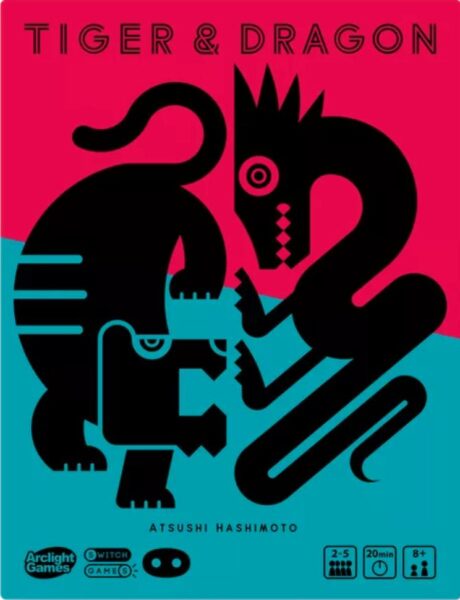

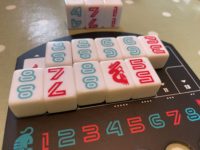
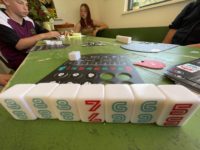

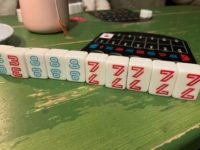


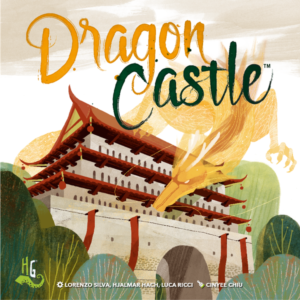
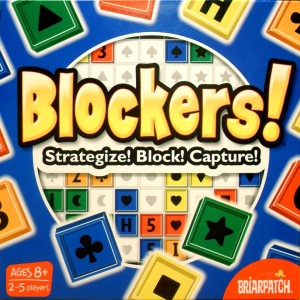
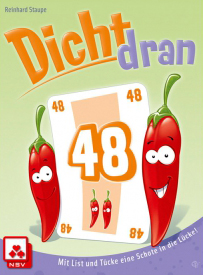

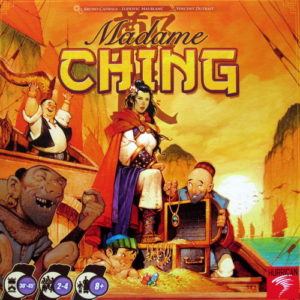
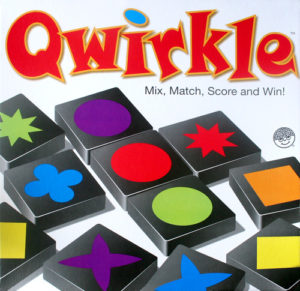

Sam says
This is a bona fide favourite of mine, seemingly a hit with all peoples of all ages. Passing can feel illogical when you're trying to get rid of your tiles, but as we've played multiple times the more tactical passing has suggested itself as a good tactic - at times. You can be shedding your tiles fast but then hit a bottleneck where you've nothing to defend with. Getting a lap is great because you're effectively shedding three tiles in a row. But choosing what to discard face-down can feel like Hobson's choice, and there's also mini-strategies on a round by round basis: do you want to play that 1 now, or try and keep it for a triumphant finish? An excellent waste of time, beautifully presented.